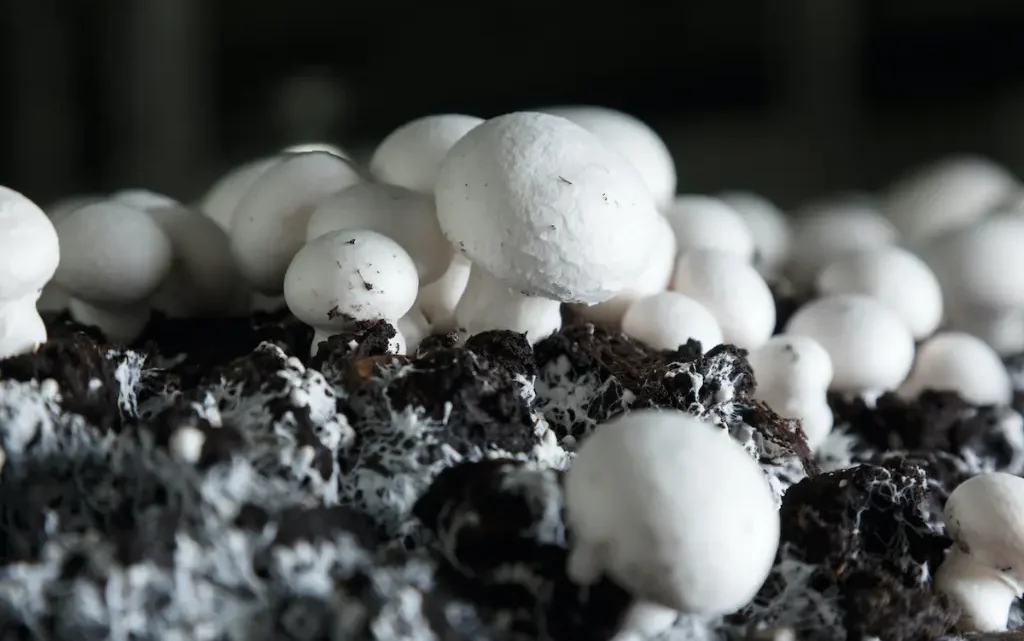
How to Grow Mushrooms at Home
Growing mushrooms can be fun and rewarding. This guide will show you how to do it, from the basics to harvesting your own fungi. It’s perfect for beginners or those looking to improve their skills.
Introduction to Mushroom Cultivation
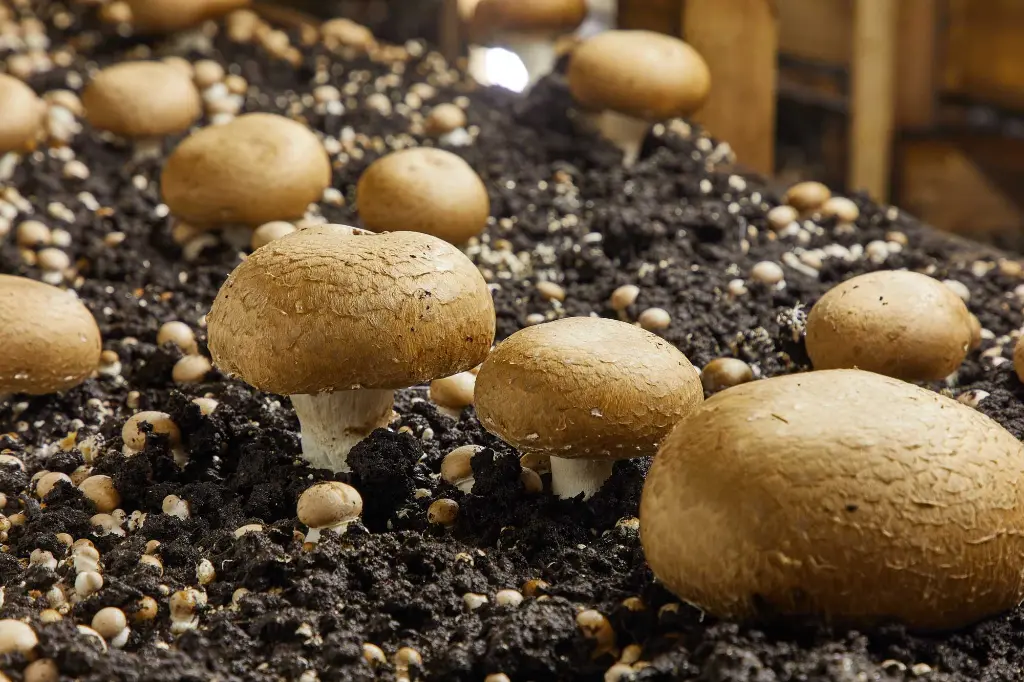
Mushrooms are fascinating and different from plants. They belong to the kingdom Fungi and love dark, moist places. Unlike plants, they don’t need sunlight to grow. Instead, they get their food from organic matter.
Why Grow Mushrooms?
- Nutritional Benefits: Mushrooms are full of vitamins, minerals, and antioxidants.
- Sustainability: Growing your own mushrooms cuts down on carbon footprint and waste.
- Economic Value: You can sell specialty mushrooms for a profit.
- Medicinal Uses: Some mushrooms have healing properties.
Types of Mushrooms to Grow
Choosing the right mushroom type is key for a good harvest. Here are some popular ones:
- Oyster Mushrooms: Easy to grow and great for cooking.
- Shiitake Mushrooms: Known for their rich, savory taste.
- Button Mushrooms: Great for beginners.
- Reishi Mushrooms: Valued for their health benefits.
- Lion’s Mane Mushrooms: Unique texture and potential health benefits.
Basic Requirements for Mushroom Growthr Mushroom Growth
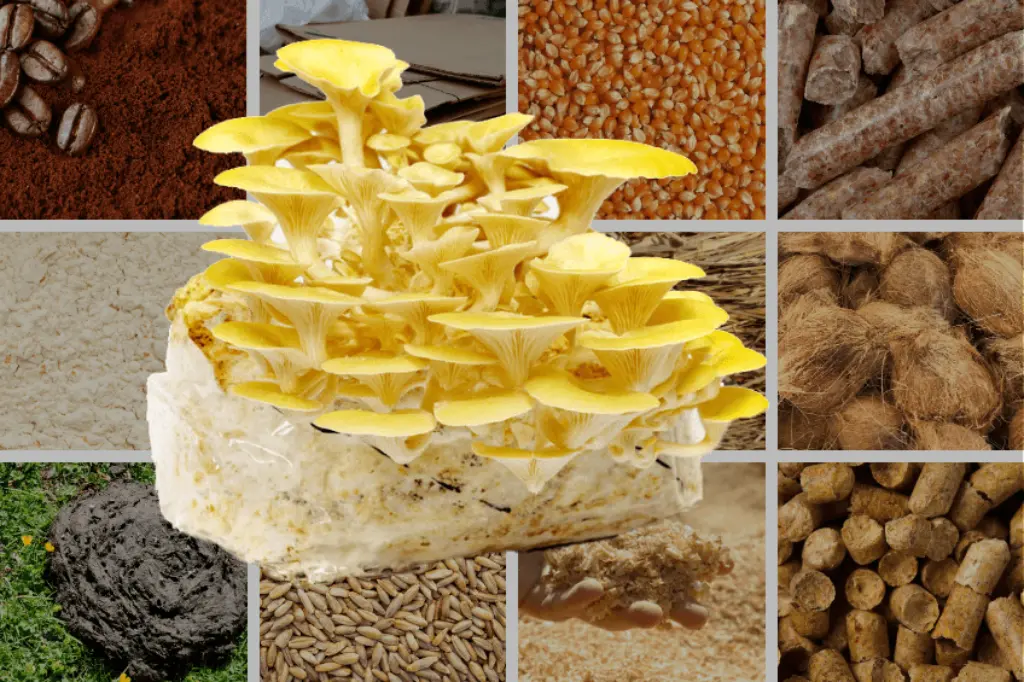
Substrate
The substrate is where mushrooms grow. Common substrates include:
- Straw: Ideal for oyster mushrooms.
- Wood Logs: Preferred by shiitake mushrooms.
- Compost: Suitable for button mushrooms.
- Saw Dust: Often used for a variety of mushrooms.
- Coffee Grounds: A sustainable option for many mushrooms.
Environment
Mushrooms grow best in certain conditions:
- Temperature: Most mushrooms prefer 55-75°F (13-24°C).
- Humidity: High humidity (80-90%) is essential.
- Light: Indirect light is usually enough.
- Airflow: Good ventilation prevents mold and ensures healthy growth.
Tools and Materials
To start growing mushrooms, you’ll need:
- Mushroom Spawn: This is the mycelium, or vegetative part of the fungus.
- Sterilized Substrate: Free from contaminants.
- Containers: Bags, buckets, or trays to hold the substrate.
- Spray Bottle: To maintain humidity.
- Thermometer and Hygrometer: To monitor conditions.
Step-by-Step Guide to Growing Mushrooms
Step 1: Choosing Your Mushroom and Substrate
First, pick the mushroom type and the right substrate. For beginners, oyster mushrooms on straw are a good choice.
Step 2: Preparing the Substrate
- Pasteurization: Heat the substrate to kill off unwanted organisms.
- Hydration: Make sure the substrate is moist but not too wet.
Step 3: Inoculating the Substrate
- Mixing: Combine the mushroom spawn with the prepared substrate.
- Packing: Fill your containers with the inoculated substrate, making sure it’s packed but not too tight.
Step 4: Incubation
- Conditions: Store the containers in a dark, warm place (65-75°F).
- Monitoring: Check regularly for signs of mycelium growth (white threads spreading through the substrate).
Step 5: Fruiting
- Triggering: Move the containers to a fruiting environment (cooler temperature, increased humidity, and some light).
- Maintenance: Mist the substrate to maintain high humidity and ensure good airflow.
Step 6: Harvesting
- Timing: Harvest mushrooms when caps are fully open but before they release spores.
- Technique: Twist and pull mushrooms gently to avoid damaging the substrate.
Common Problems and Solutions
Contamination
- Prevention: Maintain sterile conditions during substrate preparation and inoculation.
- Signs: Unusual colors or odors in the substrate.
- Solution: Remove contaminated areas and improve hygiene practices.
Slow Growth
- Causes: Inadequate temperature, humidity, or nutrition.
- Solution: Adjust environmental conditions and ensure substrate quality.
Pests
- Types: Insects, rodents, and other pests can affect mushroom growth.
- Prevention: Use screens and maintain cleanliness.
- Solution: Identify and remove pests promptly.
Seasonal Care Guide
Here’s a handy seasonal guide to help you manage your mushroom cultivation throughout the year:
| Task | Jan | Feb | Mar | Apr | May | Jun | Jul | Aug | Sep | Oct | Nov | Dec |
|---|---|---|---|---|---|---|---|---|---|---|---|---|
| Preparation | yes | yes | yes | yes | ||||||||
| Inoculation | yes | yes | yes | yes | yes | |||||||
| Incubation | yes | yes | yes | yes | yes | yes | yes | |||||
| Fruiting | yes | yes | yes | yes | yes | yes | yes | |||||
| Harvesting | yes | yes | yes | yes | yes | yes | yes |
Advanced Techniques
Cloning Mushrooms
- Choosing a Specimen: Pick a healthy mushroom.
- Sterilization: Make sure all tools and surfaces are clean.
- Tissue Culture: Take a small piece of tissue from the mushroom cap. Put it on agar in a petri dish.
- Incubation: Let the mycelium grow, then move it to a substrate.
Spore Printing
- Selecting a Mushroom: Pick a mature mushroom with a fully open cap.
- Printing: Place the cap, gills down, on paper and cover with a bowl. Leave for 24 hours.
- Collection: Spores will fall onto the paper, making a print. Use this to inoculate new substrates.
Growing Mushrooms Outdoors
- Selecting a Site: Find a shaded, moist spot.
- Preparing the Bed: Layer substrate and spawn in a bed.
- Maintenance: Water often and watch for pests.
Benefits of Homegrown Mushrooms
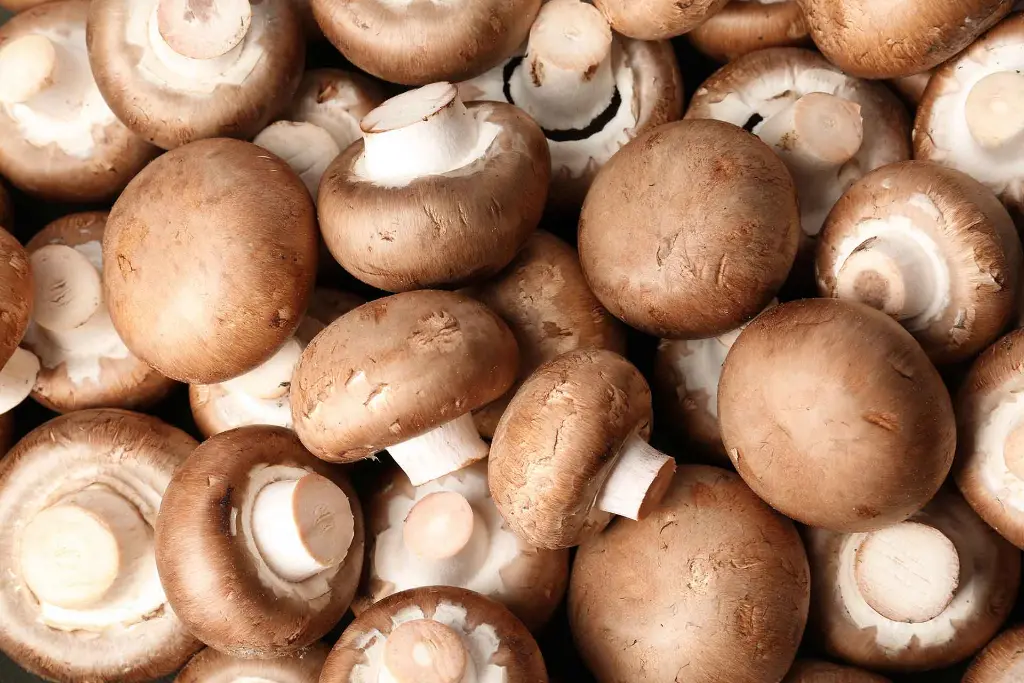
Nutritional Value
- Proteins: They have essential amino acids.
- Vitamins: Rich in B vitamins and vitamin D.
- Minerals: Good source of selenium, potassium, and zinc.
- Antioxidants: Have compounds that fight oxidative stress.
Environmental Impact
- Sustainability: It cuts down on transportation and packaging.
- Waste Reduction: Uses organic waste like coffee grounds.
Economic Potential
- Cost-Effective: Growing your own can be cheaper than buying.
- Market Demand: You can sell specialty mushrooms to restaurants and markets.
Medicinal Properties
- Immune Support: Some mushrooms boost the immune system.
- Anti-Inflammatory: Certain species have anti-inflammatory effects.
- Cognitive Health: Lion’s mane mushrooms are studied for their neuroprotective properties.
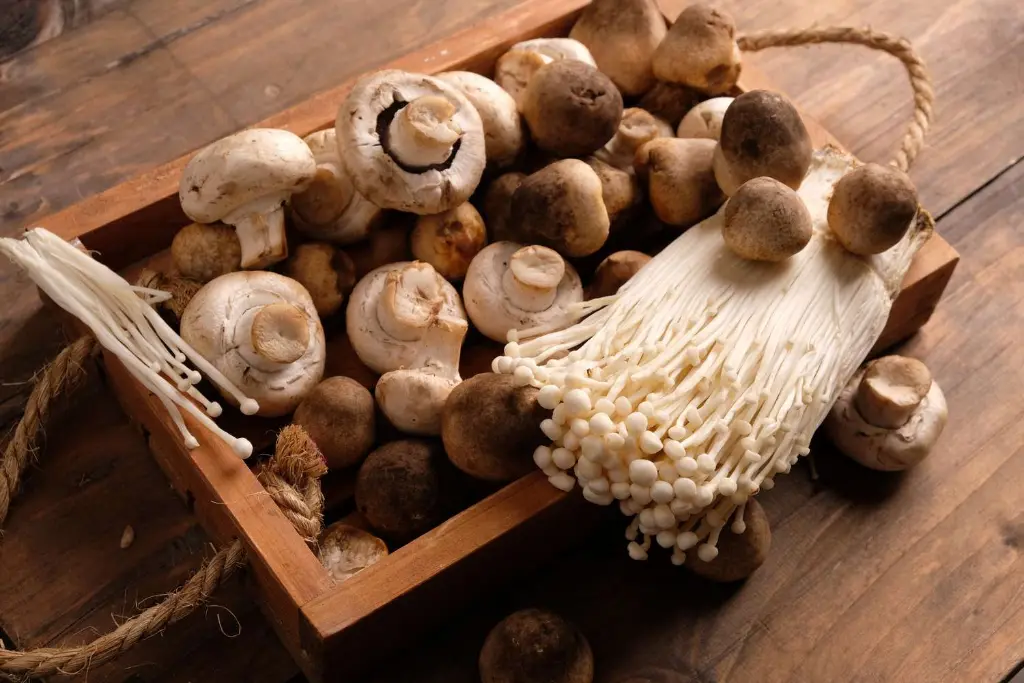
Growing mushrooms at home is rewarding. This guide helps you cultivate your own mushrooms. You can use them for personal use, cooking, or even selling. With patience and care, you’ll enjoy fresh mushrooms and learn about fungi.
Remember, growing mushrooms well means knowing what your mushrooms need. Happy growing!
If you have questions or need help, feel free to reach out or leave a comment below.



